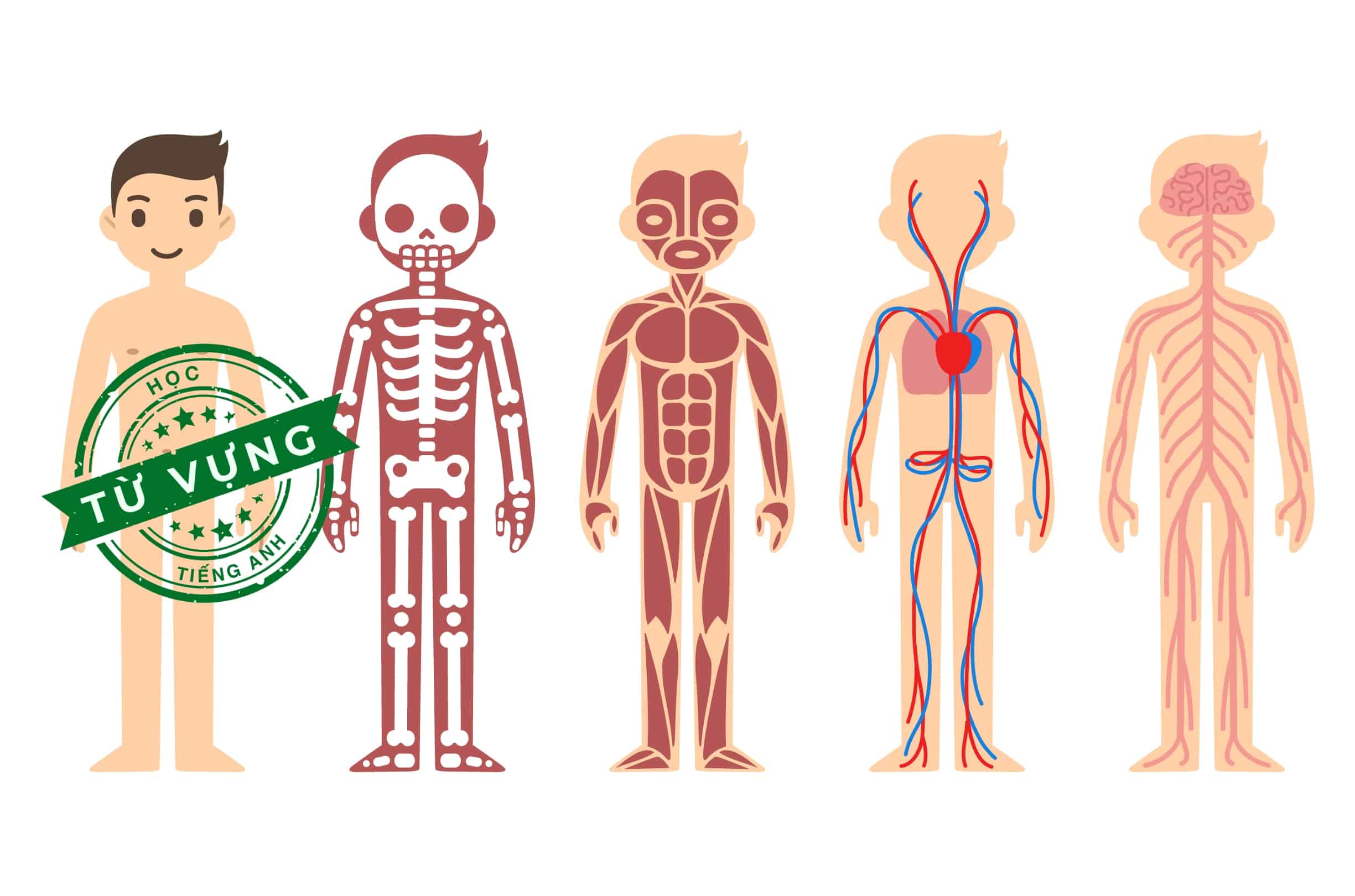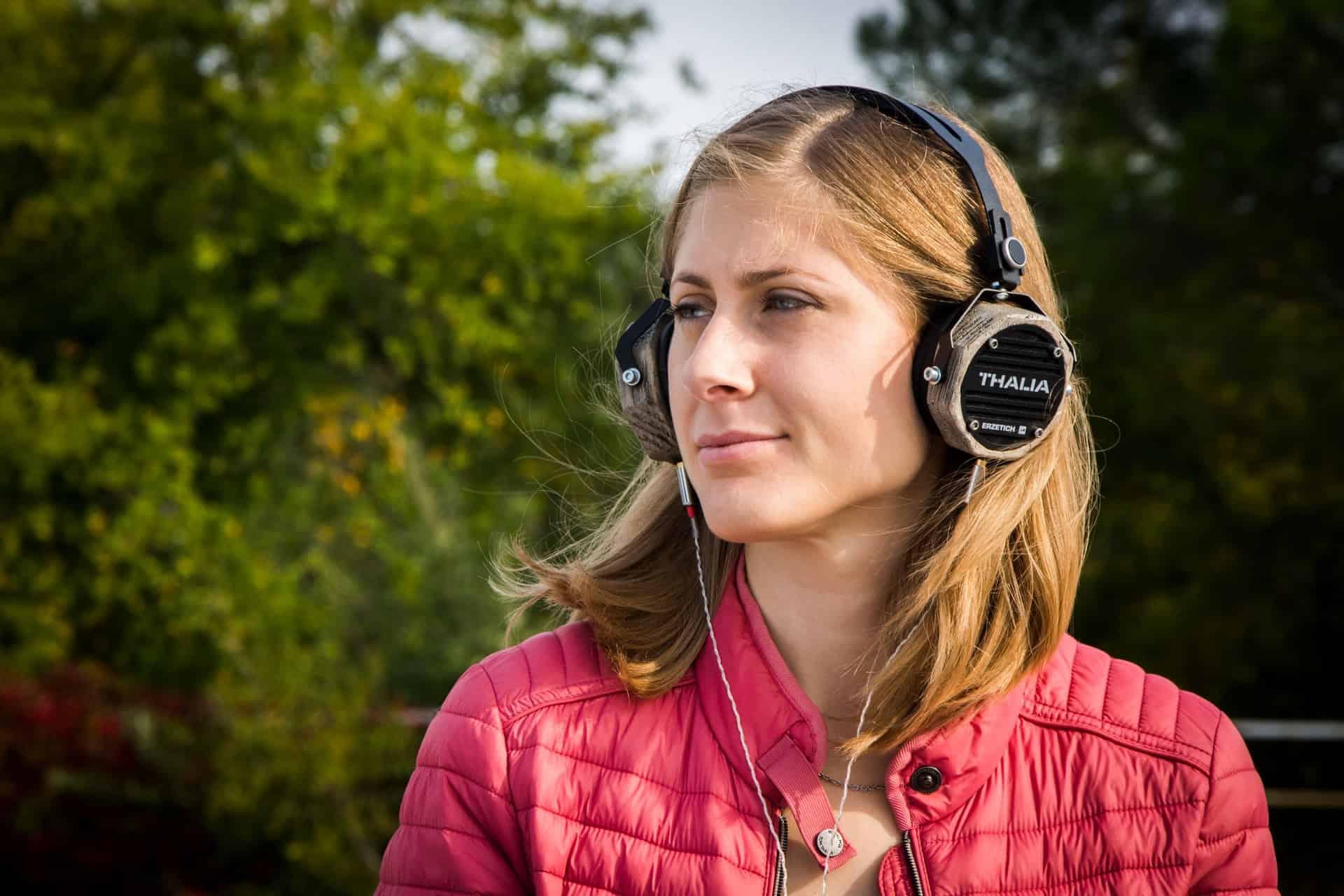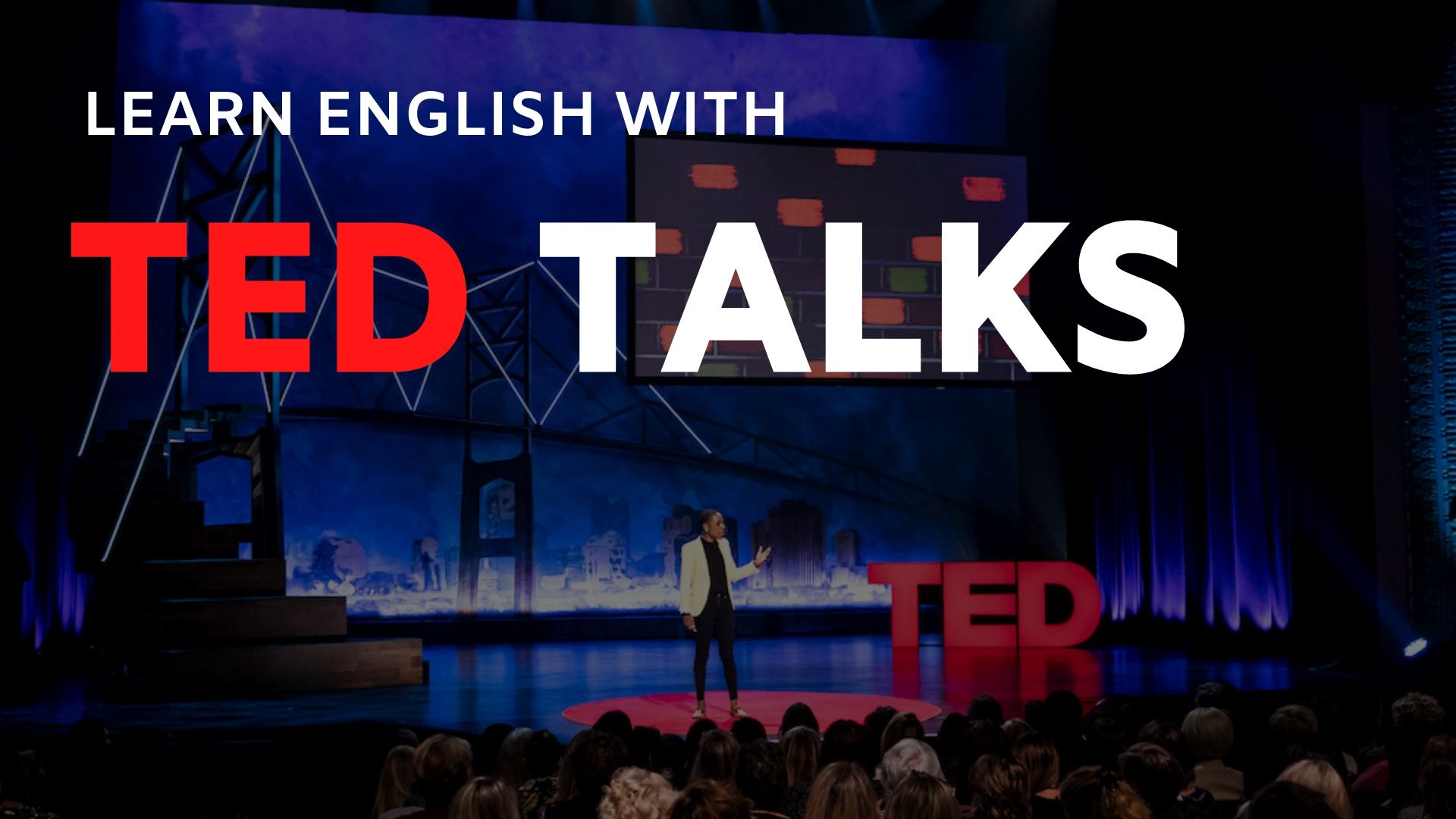Một trong những bài học vỡ lòng đầu tiên khi học tiếng Anh chính là nói về bộ phận cơ thể người (body parts). Tuy nhiên, khi học, hầu hết chúng ta còn nhỏ nên không có điều kiện học và nhớ được nhiều, thêm nữa nếu không dùng nhiều ta có thể quên. Hãy cùng eJOY ôn tập và bổ sung thêm cho bạn vốn từ vựng Tiếng Anh về bộ phận cơ thể người nhé.
Hướng dẫn học từ vựng tiếng Anh về bộ phận cơ thể cùng eJOY
- Trước tiên bạn cần cài eJOY eXtension cho trình duyệt Chrome
- Bôi đen từ vựng ở trong câu để tra từ và bấm vào nút Add từ

Cùng eJOY trau dồi và ôn luyện vốn từ vựng
- eJOY eXtension sẽ giúp bạn lưu lại từ mới trong ngữ cảnh của cả câu chứ không chỉ lưu mỗi từ vựng đó.
- Không chỉ học, eJOY sẽ nhắc bạn ôn tập những từ vựng mới hàng ngày với những trò chơi thú vị.
Chủ đề 1 – Đầu và khuôn mặt
 |
Head /hed/ noun
The upper part of the human body, or the front or upper part of the body of an animal, typically separated from the rest of the body by a neck, and containing the brain, mouth, and sense organs. đầu Ví dụ: Be careful with the ceiling – it’s a bit low, you might bump your head. (Cẩn thận trần nhà, không lại cốc đầu đấy.) |
 |
Face /feis/ noun
The front part of a person’s head from the forehead to the chin, or the corresponding part in an animal. khuôn mặt Ví dụ: Whenever I see him, my face goes red. (Mỗi lần gặp anh ấy, tớ lại đỏ mặt.) |
 |
Hair /heə[r]/ noun
Any of the fine threadlike strands growing from the skin of humans, mammals, and some other animals. tóc / lông Lưu ý: thường dùng với nghĩa danh từ không đếm được. Chỉ đếm được trong trường hợp như “có 1 sợi tóc trong ly nước”,…. Ví dụ: People with red hair are quite rare. (Người có mái tóc đỏ khá hiếm.) The man looked scary, he was tall, menacing and covered with hair. (Người đàn ông trông khá đáng sợ: cao lớn, có vẻ đe dọa, người đầy lông.) |
 |
Brain /breɪn/ noun
An organ of soft nervous tissue contained in the skull of vertebrates, functioning as the coordinating centre of sensation and intellectual and nervous activity. não bộ Ví dụ: Sometimes I let my brain rest by lying down, doing absolutely nothing and playing some post-rock music like Sigur Rós or Mogwai on stereo. (Đôi lúc tôi để não nghỉ ngơi bằng cách nằm yên, không làm tí gì và bật nhạc post-rock như kiểu Sigur Rós hay Mogwai.) |
 |
Ear /iə/ noun
The organ of hearing and balance in humans and other vertebrates, especially the external part of this. tai Ví dụ: One morning, they found an ear on the lawn, and no body. (Một sáng nọ, họ tìm thấy một cái tai không xác trên bãi cỏ.) |
 |
Eye /ai/ noun
The visual or light-detecting organ of many invertebrate animals that corresponds to the eye of humans and vertebrate animals. mắt Ví dụ: I wish I had blue eyes. (Ước gì tớ có mắt xanh.) |
 |
Nose /nəʊz/noun
The part projecting above the mouth on the face of a person or animal, containing the nostrils and used for breathing and smelling. mũi Ví dụ: She has a very distinctive nose, you’ll know her when you see her. (Bà ấy có một cái mũi khá đặc biệt, cậu sẽ biết ngay khi gặp bà ấy.) |
 |
Mouth /maʊθ/ noun
The opening and cavity in the lower part of the human face, surrounded by the lips, through which food is taken in and vocal sounds are emitted. miệng, mồm Ví dụ: Don’t be afraid of the dentist and open your mouth. (Đừng sợ nha sĩ và há miệng ra.) |
 |
Lip /lip/ noun
Either of the two fleshy parts which form the upper and lower edges of the opening of the mouth. Môi Ví dụ: I tend to bite my lips when I’m nervous. (Tôi hay cắn môi khi lo lắng.) |
 |
Tongue /tʌŋ/ noun
The fleshy muscular organ in the mouth of a mammal, used for tasting, licking, swallowing, and (in humans) articulating speech. lưỡi Ví dụ: How can she talk so fast without twisting her tongue? (Sao nó nói nhanh vậy mà không bị quắn lưỡi lại nhỉ?) |
 |
Chin /t∫in/ noun
The protruding part of the face below the mouth, formed by the apex of the lower jaw. cằm Ví dụ: His chin is covered in stubbles. (Cằm anh ta lún phún râu.) |
Chủ đề 2 – Phần thân trên
 |
Neck /nek/ noun
The part of a person’s or animal’s body connecting the head to the rest of the body. Cổ Ví dụ: You die when you break your neck. (Gãy cổ thì chết.) |
 |
Throat /θrəʊt/ noun
The passage which leads from the back of the mouth of a person or animal. họng Ví dụ: When I’m really hungry, I’m insatiable. I keep shoving food down my throat. (Khi tôi đói, tôi không tài nào thỏa mãn được. Tôi sẽ liên tục tống đồ ăn xuống cổ họng mình.) |
 |
Shoulder /∫əʊldə[r]/ noun
The upper joint of each of a person’s arms and the part of the body between this and the neck. vai Ví dụ: Players are required to have shoulder pads while participating in the game. (Các cầu thủ được yêu cầu phải có miếng lót vai khi chơi.) |
 |
Chest /t∫est/ noun
The front surface of a person’s or animal’s body between the neck and the stomach. vùng ngực Ví dụ: My chest feels like thousands of needles were pinned on it. (Ngực tôi cảm giác như bị găm bởi hàng nghìn cây kim.) |
 |
Belly /’beli/ noun
The part of the body of a vertebrate containing the digestive and reproductive organs; the belly. vùng bụng Trong chuyên môn như y khoa hay cứu thương, người ta hay dùng từ abdomen /’æbdəmen/ để nói về vùng bụng. Ví dụ: I don’t know what I ate, but now my belly hurts like hell. (Không biết tôi ăn gì mà giờ bụng đau chết đi được.) |
 |
Back /bæk/ noun
The rear surface of the human body from the shoulders to the hips. lưng Ví dụ: Fathers never say they love you verbally, sometimes they may express that with a pat on your back. (Các ông bố chẳng bao giờ nói họ yêu bạn bằng lời, họ có thể thể hiện điều đó với một cái vỗ lưng.) |
 |
Arm /ɑ:[r]m/ noun
Each of the two upper limbs of the human body from the shoulder to the hand. cánh tay Ví dụ: His arm is paralysed after the war. (Cánh tay của ông ấy bị liệt kể từ sau chiến tranh.) |
 |
Elbow /ˈɛlbəʊ/ noun
The joint between the forearm and the upper arm. khuỷu tay, cùi chỏ Ví dụ: Your elbow looks bruised. What happened? (Khuỷu tay bị bầm hết rồi kìa. Sao thế?) |
 |
Wrist /rɪst/ noun
The joint connecting the hand with the forearm. cổ tay Ví dụ: My wrist hurts. (Cổ tay con đau.) |
 |
Hand /hænd/ noun
The end part of a person’s arm beyond the wrist, including the palm, fingers, and thumb. bàn tay Khi nói về lòng bàn tay, dùng từ palm Ví dụ: I put one hand in my pocket. (Một tay tôi để trong túi.) |
 |
Finger /’fiηgə[r]/ noun
Each of the four slender jointed parts attached to either hand (or five, if the thumb is included). ngón tay riêng ngón tay cái dùng từ thumb, phát âm là /θʌm/ hoặc /θəm/ Ví dụ: Don’t point your finger towards other people, it’s rude. (Đứng trỏ ngón tay vào người khác như vậy, thô lỗ lắm.) |
Chủ đề 3 – Phần thân dưới
 |
Leg /leg/ noun
Each of the limbs on which a person or animal walks and stands.. chân Ví dụ: Chelsea broke her legs when she was skating. (Chelsea bị gãy chân khi đang trượt ván.) |
 |
Thigh /θaɪ/ noun
The part of the human leg between the hip and the knee. đùi Ví dụ: Some dudes like girls wear thigh high socks. (Vài người thích con gái đi tất dài ngang đùi.) |
 |
Knee /ni/ noun
The joint between the thigh and the lower leg in humans. đầu gối Ví dụ: He suffered a serious knee injury. (Anh ấy bị chấn thương đầu gối khá nặng.) |
 |
Ankle /ˈæŋk(ə)l/ noun
The joint connecting the foot with the leg. mắt cá chân Ví dụ: My daughter twisted her ankle while she was playing football. (Con gái tôi bị trật mắt cá chân khi đang chơi bóng đá.) |
 |
Foot /fʊt/ noun
The lower extremity of the leg below the ankle, on which a person stands or walks. bàn chân số nhiều là feet Ví dụ: Wash your feet before you go upstairs. (Rửa chân rồi hẵng lên nhà.) |
 |
Toe /toʊ/ noun
Any of the five digits at the end of the human foot.. ngón chân Ví dụ: I stub my toe in the table very often. (Tôi hay bị đập ngón chân vào thành bàn.) |
 |
Buttock /ˈbədək/noun
Bottom /ˈbɑdəm/ noun Either of the two round fleshy parts that form the lower rear area of a human trunk. mông Ví dụ: Your buttocks/ bottoms are supposed to be a built-in cushion when you sit. (Mông giống như cái đệm có sẵn khi ta ngồi.) |
Xem video này, bạn nghe được những từ nào? Cùng xem và ôn lại từ vựng tiếng Anh về bộ phận cơ thể nhé:
Chủ đề 4 – Xương và cơ
 |
Skeleton /ˈskelətn/ noun
An internal or external framework of bone, cartilage, or other rigid material supporting or containing the body of an animal or plant. bộ xương, khung xương Ví dụ: Fake skeleton is a popular decoration during Halloween. (Khung xương giả hay được dùng để trang trí dịp Halloween.) |
 |
Bone /boʊn/ noun
Any of the pieces of hard whitish tissue making up the skeleton in humans and other vertebrates. xương, khúc xương (nói chung) Ví dụ: Why do dogs like bones? (Tại sao chó thích gặm xương?) |
 |
Joint /dʒɔɪnt/ noun
A structure in the human or animal body at which two parts of the skeleton are fitted together. khớp Ví dụ: Knees, elbows, ankles are examples of joints. (Đầu gối, khuỷu tay, mắt cá chân là ví dụ về các khớp.) |
 |
Skull /skəl/ noun
A framework of bone or cartilage enclosing the brain of a vertebrate; the skeleton of a person’s or animal’s head. sọ
|
 |
Tooth /tuθ/ noun
Each of a set of hard, bony enamel-coated structures in the jaws of most vertebrates, used for biting and chewing. răng số nhiều teeth Ví dụ: You chew food with your teeth. (Dùng răng nhai thức ăn.) |
 |
Rib cage /ˈrɪb ˌkeɪdʒ/ noun
The bony frame formed by the ribs around the chest. lồng ngực rib có nghĩa là xương sườn Ví dụ: Rib cage protects your heart and your lungs. (Lồng ngực có vai trò bảo vệ tim và phổi.) |
 |
Muscle /ˈmʌs(ə)l/ noun
A band or bundle of fibrous tissue in a human or animal body that has the ability to contract, producing movement in or maintaining the position of parts of the body. cơ bắp Ví dụ: After working out, all of my muscles hurt so much. (Tập thể dục xong, cơ khắp người tôi đau quá.) |
Cùng nghe qua video này xem bạn nghe được những từ nào nhé:
Chủ đề 5 – Nội tạng
 |
Heart /hɑː(r)t/ noun
A hollow muscular organ that pumps the blood through the circulatory system by rhythmic contraction and dilation. tim Ví dụ: The less fried food I eat, the healthier I feel my heart is getting. (Càng ăn ít đồ chiên rán, tôi càng cảm thấy trái tim của mình trở nên khỏe mạnh.) |
 |
Lung /lʌŋ/ noun
Each of the pair of organs situated within the rib cage, consisting of elastic sacs with branching passages into which air is drawn, so that oxygen can pass into the blood and carbon dioxide be removed. lá phổi Ví dụ: Smoking harms your lungs. (Hút thuốc lá làm hỏng phổi.) |
 |
Stomach /’stʌmək/ noun
The internal organ in which the major part of the digestion of food occurs, being (in humans and many mammals) a pear-shaped enlargement of the alimentary canal linking the oesophagus to the small intestine. dạ dày Ví dụ: The stomach can expand, but it has limits. (Dạ dày có thể co dãn, nhưng cũng chỉ đến một giới hạn nhất định.) |
 |
Liver /ˈlɪvə/ noun
A large lobed glandular organ in the abdomen of vertebrates, involved in many metabolic processes. lá gan Ví dụ: Having been drinking too much, his liver failed, and he needed a transplant. (Uống quá nhiều, gan gã bị hỏng và giờ gã gần hiến ghép.) |
 |
Kidney /ˈkɪdni/ noun
Each of a pair of organs in the abdominal cavity of mammals, birds, and reptiles, that excrete urine. thận Ví dụ: Alongside spleen, kidneys help filtering the blood and rid of toxic. (Cùng với lá lách, thận đóng vai trò lọc máu và tống chất độc ra khỏi cơ thể.) |
Các bạn có thể xem và ôn luyện các từ trên qua video này:
Bài tập ôn luyện
1. Xếp các bộ phận sau vào bảng
| External parts (Bộ phận ngoài) | Internal organs (Nội tạng) | |
| Upper body (thân trên) | ||
| Lower body (thân dưới) | ||
| Entire body (khắp cơ thể) |
brain, bone, skin, ear, toe, ankle, eye, heart, skull, nerve, liver, hair, rib cage, lip, throat, neck, toenail, foot, shoulder, buttock, nose, muscle
2. Nối từ vựng tiếng Anh về bộ phận cơ thể ở bên trái với tính từ tương ứng ở bên phải
| A. Nerve | 1. Bodily /ˈbɒdɪli/ |
| B. Skeleton | 2. Nervous /ˈnəːvəs/ |
| C. Body | 3. Facial /ˈfeɪʃ(ə)l/ |
| D. Muscle | 4. Muscular /ˈmʌskjʊlə/ |
| E. Face | 5. Skeletal /skəˈliːt(ə)l/ |
3. Trả lời các câu hỏi sau
- What pumps blood?
- Name all the joints you’ve learnt so far.
- What protects the heart and the lungs? And what protects the brain?
- What do you call the outer part covering the stomach, the liver, the kidneys,…?
4. Tra cứu các cụm từ sau
- heart of gold
- nerve of steel
- get on one’s nerve
- have a thick skull
- fight tooth and nail
Bạn hãy để lại câu trả lời của bạn trong comment dưới đây nhé.
Tất nhiên, bộ phận cơ thể người không chỉ dừng lại ở đó. Nếu bạn muốn tăng vốn từ vựng của mình, ngang tầm bác sĩ chẳng hạn, bạn có thể tham khảo thêm bộ từ 3000 Smart Words trên website eJOY Go nhé.
Chúc các bạn học vui vẻ!















